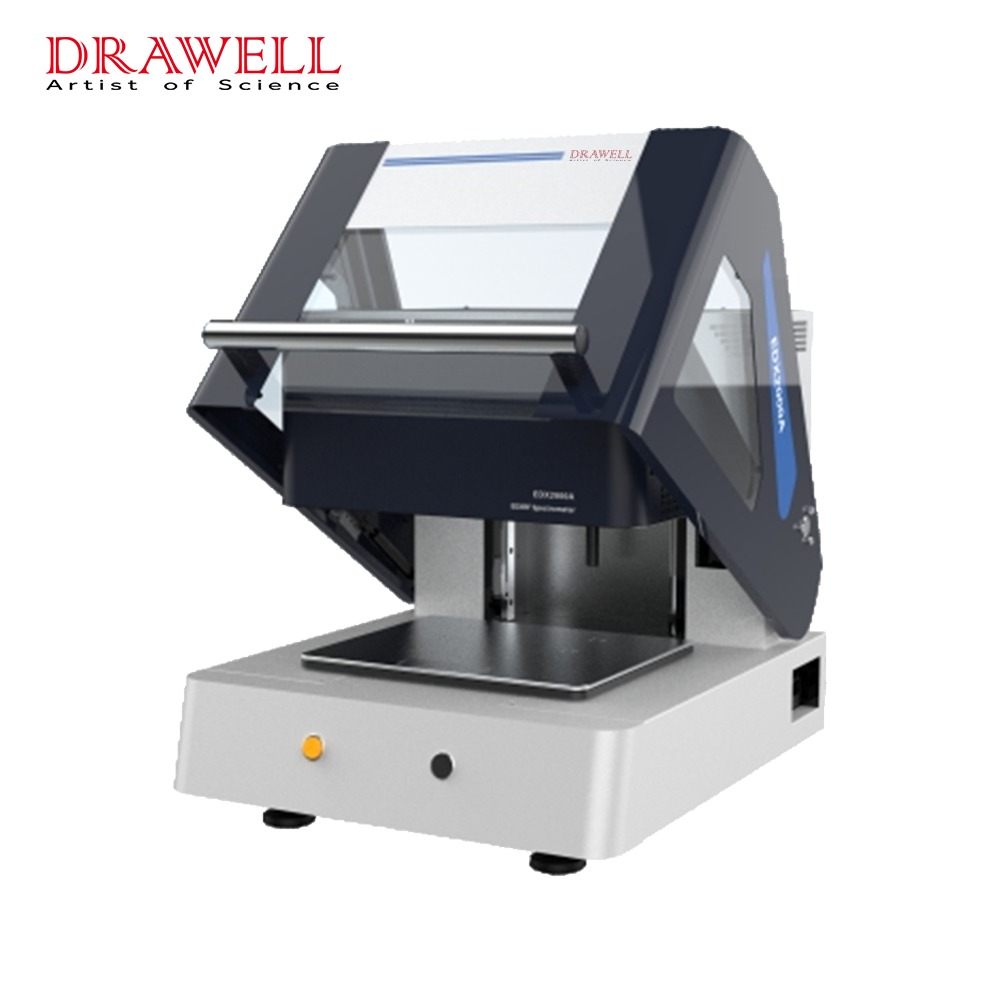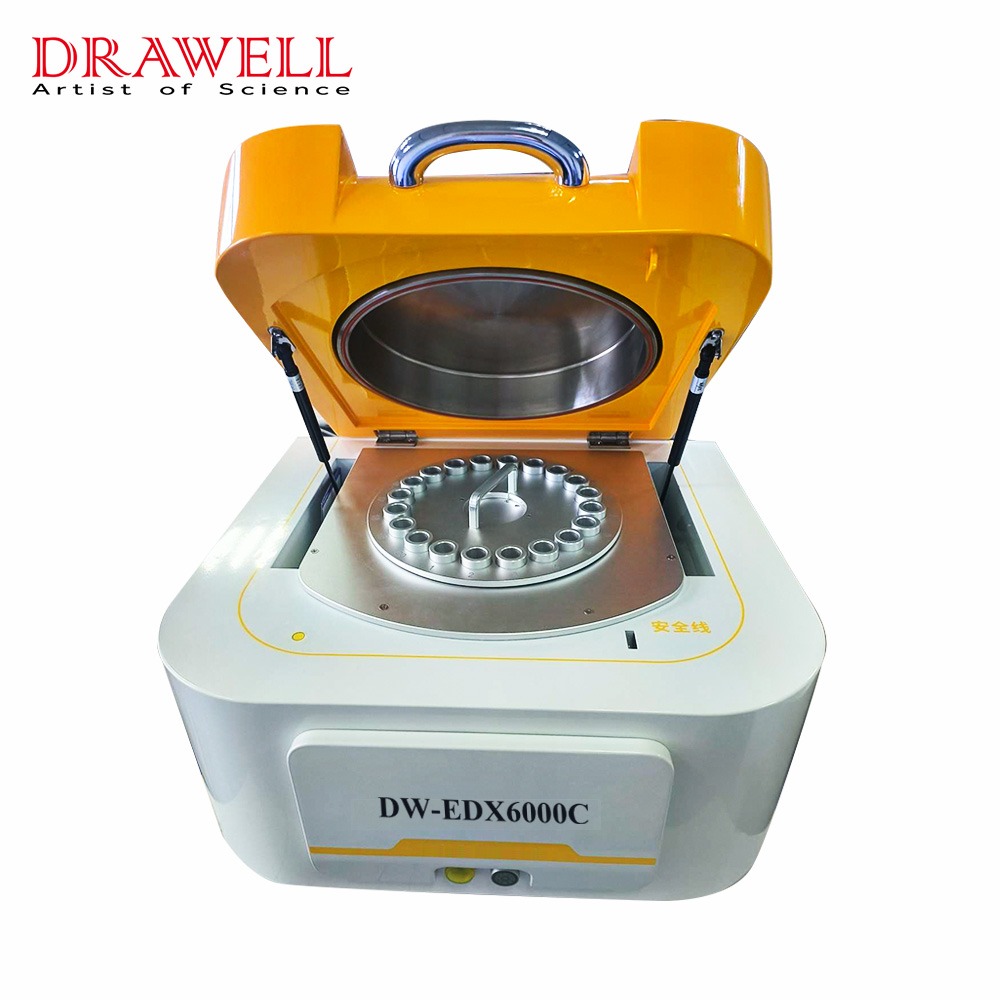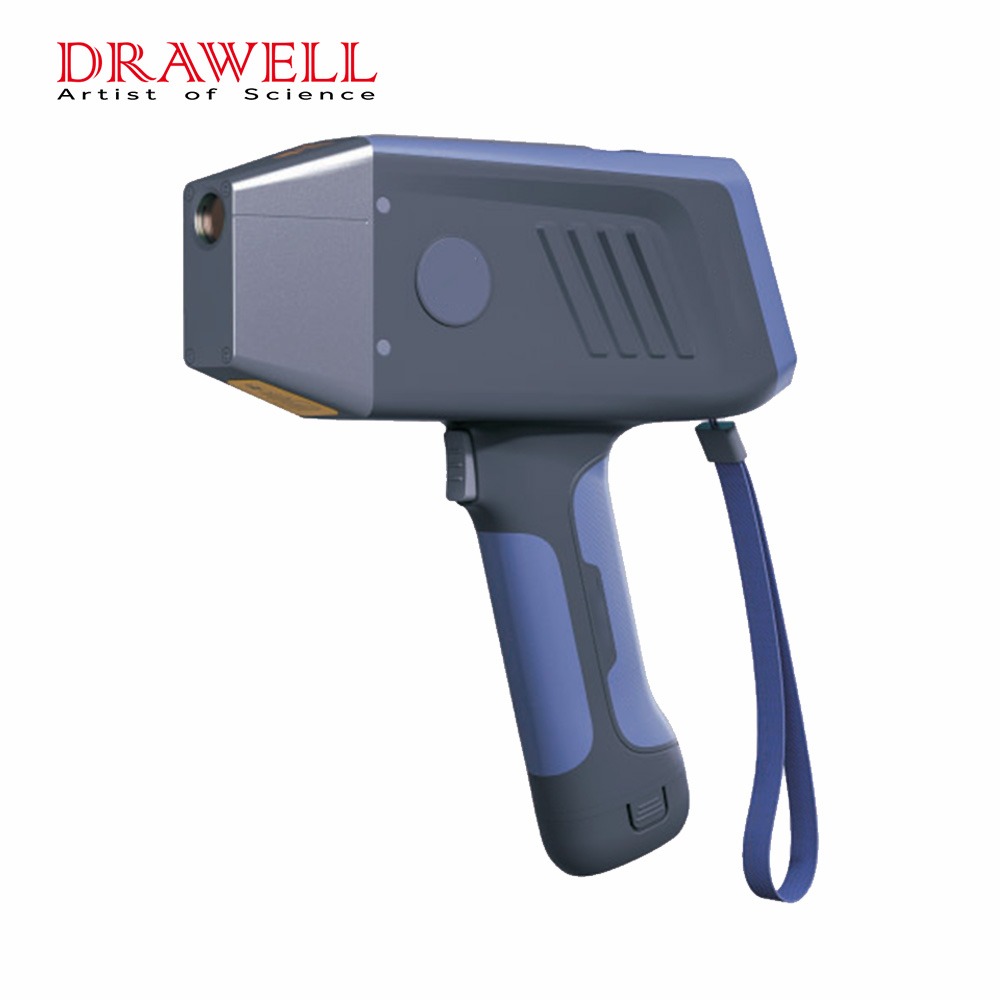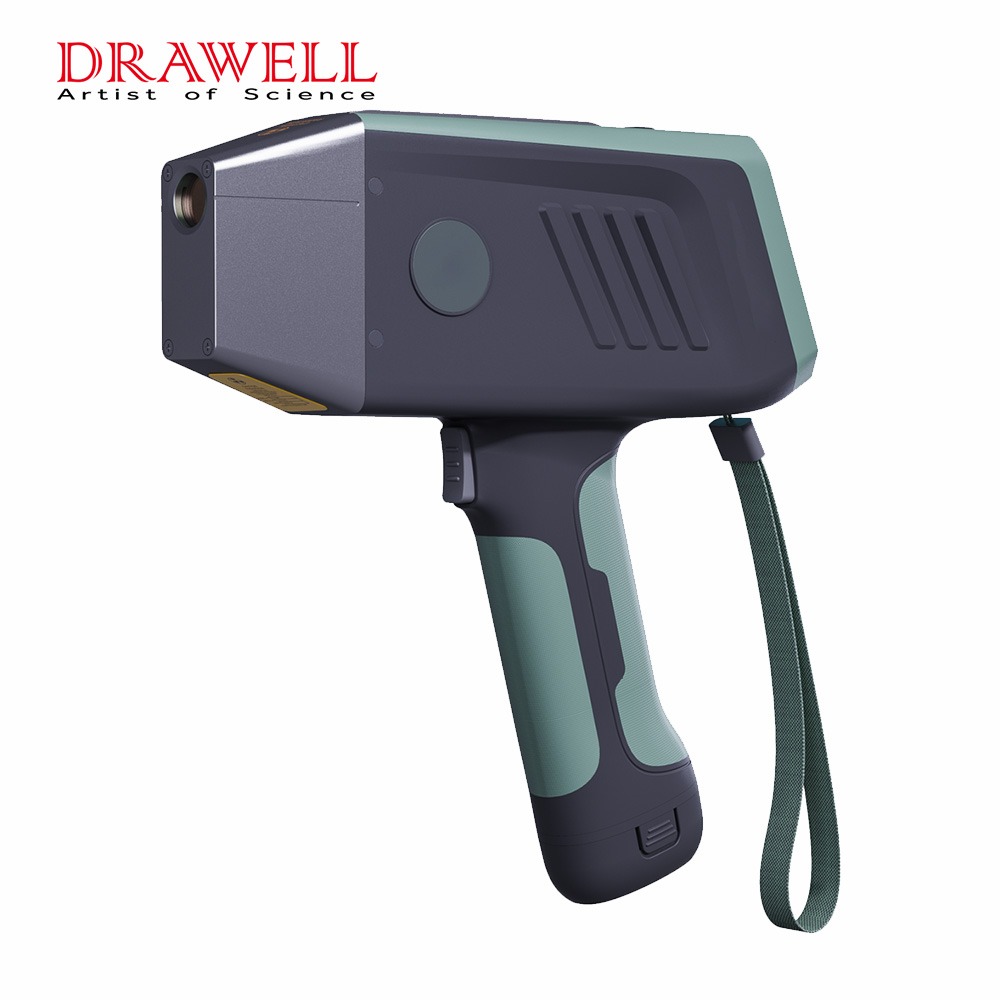In the ever-evolving world of precious metal analysis, technology plays a pivotal role in ensuring accuracy and efficiency. One such technological marvel in the field of gold analysis is the XRF gold analyzer. This sophisticated instrument has revolutionized the way gold content is measured, providing rapid and precise results. In this article, we will delve into the workings of an XRF gold analyzer, shedding light on its principles and applications.

What is an XRF Gold Analyzer?
XRF is a non-destructive analytical technique that employs the principles of X-ray fluorescence to determine the elemental composition of a material. In the context of gold analysis, XRF is particularly valuable for its ability to quickly and accurately identify the concentration of various elements in a gold sample.
Components of an XRF Gold Analyzer
An XRF gold analyzer consists of three main components:
- X-ray source: The X-ray source generates a high-energy X-ray beam that is directed at the sample.
- Sample: The sample is placed in the analyzer’s sample chamber.
- Detector: The detector measures the energy of the secondary X-rays emitted by the sample.
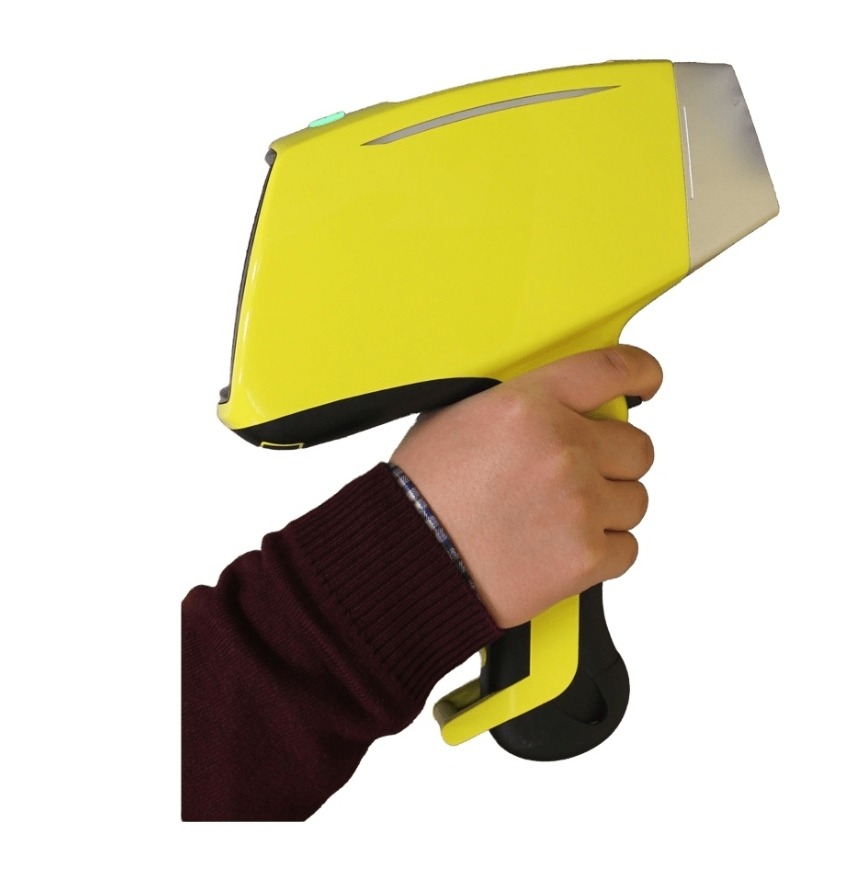
How Does an XRF Gold Analyzer Work?
The XRF analysis process is relatively straightforward:
- X-ray Excitation
The XRF gold analyzer begins by emitting a high-energy X-ray beam onto the surface of the gold sample. This X-ray excitation prompts inner-shell electrons in the atoms of the sample to become temporarily displaced.
- Emission of Fluorescent X-rays
As the displaced electrons return to their original positions, they emit fluorescent X-rays. The energy levels of these emitted X-rays are characteristic of the specific elements present in the sample.
- Energy Dispersive Detection
The XRF analyzer employs an energy dispersive detector to measure the energy levels of the emitted X-rays. This information is then processed to identify the elemental composition of the gold sample.
- Quantification and Analysis
By comparing the energy levels of the emitted X-rays to known standards, the XRF analyzer quantifies the concentration of different elements in the gold sample. This includes not only gold but also other potential alloying elements.
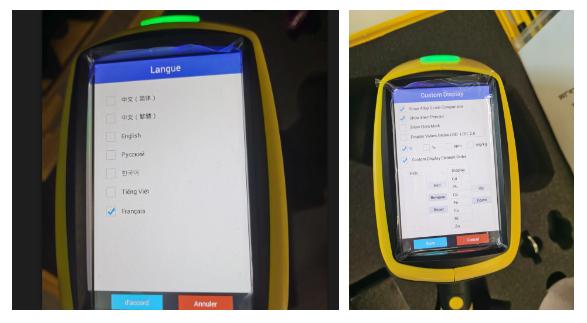
Advantages of an XRF Gold Analyzer
- Non-Destructive Analysis
One of the key advantages of XRF gold analyzers is that they provide non-destructive testing. This means that the integrity of the gold sample is preserved, making it suitable for further analysis or resale.
- Speed and Efficiency
XRF analyzers offer rapid results, significantly reducing the time required for gold analysis compared to traditional methods. This speed is particularly beneficial in large-scale mining operations or jewelry manufacturing processes.
- Wide Range of Applications
XRF gold analyzers are versatile and can be used in various applications, from mining and exploration to jewelry manufacturing and recycling. Their adaptability makes them valuable tools across different industries.
- Jewelry industry: Testing the purity and composition of gold jewelry, coins, and bullion.
- Precious metals refining: Determining the composition of gold ores and concentrates.
- Mineral exploration: Identifying and quantifying gold in geological samples.
- Archaeology: Analyzing ancient artifacts for gold content and provenance.
Conclusion
The evolution of analytical technology is exemplified by the XRF gold tester, providing a dependable and effective means of assessing the gold content in diverse materials. The non-destructive characteristic, swiftness, and adaptability of XRF gold testing machines have rendered XRF analysis an essential instrument for gold industry experts. Anticipating ongoing technological advancements, we can expect continuous enhancements and novel features in the domain of XRF gold analyzers, reinforcing the precision and dependability of precious metal analysis.

